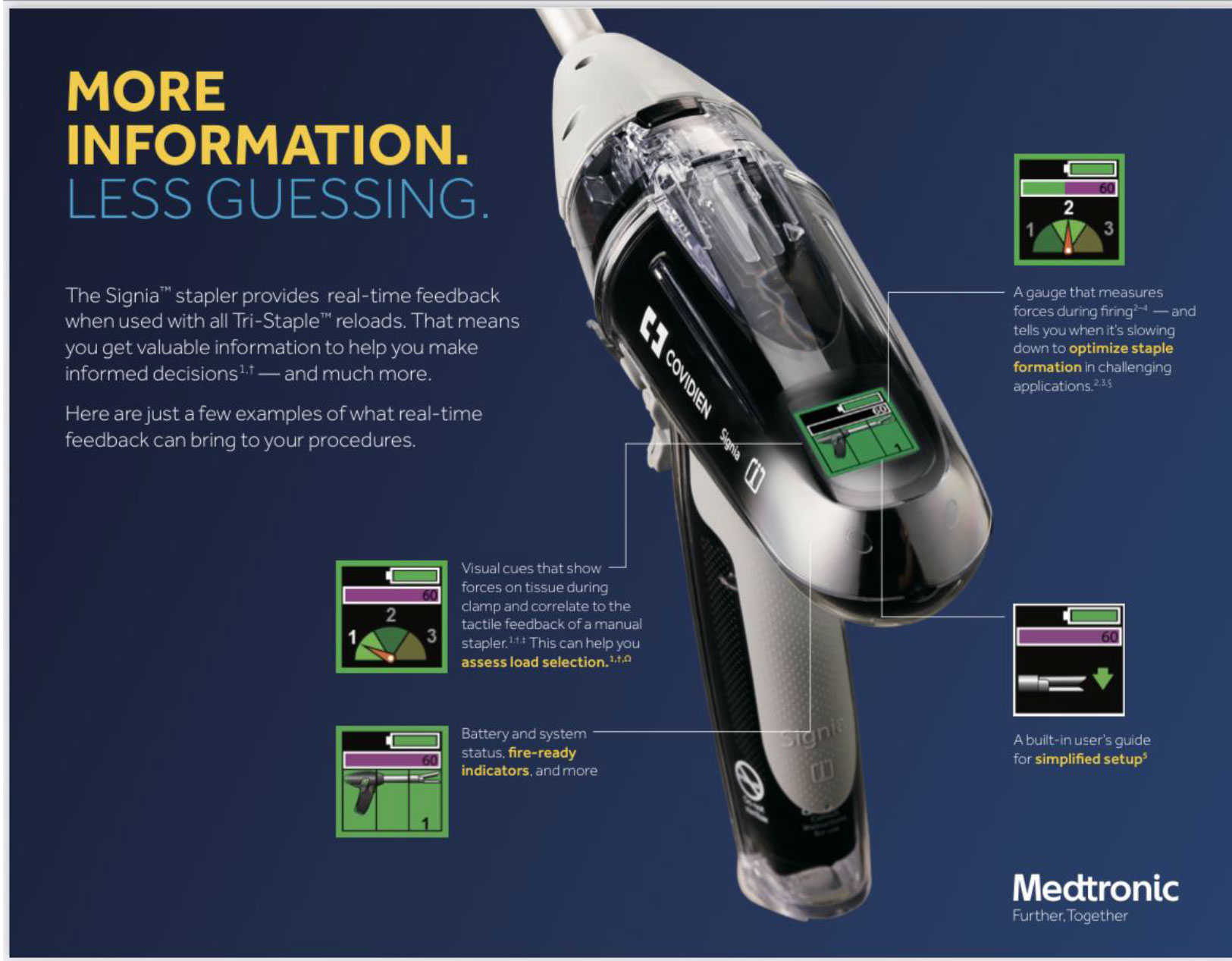Your Excellencies, --- Lady Kathryn and the Cyrus family --- It is with great humility that I stand before you today to pay tribute to a great surgeon, a dedicated servant to the people of St. Vincent and the Grenadines, a role model for a generation of surgeons in the Caribbean and a founding father and Honorary fellow of the Caribbean College of Surgeons. Cecil, if I am allowed to breach protocol for a friend of over 50 years, was driven to serve through achieving mastery in all of his endeavours, whether tackling some broken body with whatever household item he could find when items of surgical equipment were not available; photographing everything he did to have an incomparable record which left experienced surgeons in awe; this all before the easy days of cell phone cameras. He was an incomparable host to visiting colleagues and he delighted in showing off his skills in home building and his beautiful garden which left one with little cause to visit the Botanical Gardens next door.
I met Cecil by chance in 1968 when we were both preparing to leave the UK after doing some postgraduate fellowships. He had gone to gain further qualifications to deal with eye surgery, and in surgery of the ear nose and throat to add to his qualifications in general surgery and obstetric care. This second return home saw not only a renewed vigour to serve his people in the public service but he also established a private clinic and hospital service. In running his clinic he had an indispensable partner in Lady Kathryn who worked as its matron and was the indispensable rudder on the Cyrus ship. His work ethic in the public service did not always endear him to colleagues or administrators accustomed to more relaxed attitudes in the public service of colonial times.
Cecil’s passion for recording or preserving whatever he came across would become the basis for a remarkable museum, for scholarly presentations to colleagues and the publication of his major work ‘A Clinical and Pathological Atlas; The Records of a Surgeon in St. Vincent; [1989]’. This seminal work is a wonder of diverse pathology and trauma, illustrating saving lives with limited facilities. I have witnessed him unscrub in the middle of a surgical procedure, photograph some crucial pathology, scrub again and continue. In the wider Caribbean he became renowned as the ‘Isolated Surgeon’, but he did not hesitate to solicit the expertise of colleagues across the Caribbean whether it was getting the patient to them or for them to come to the island and assist him.
He was host to many medical students seeking an exciting elective experience and he influenced many surgeons in the Caribbean to achieve their very best through his presentations at regional forums including the then Commonwealth Caribbean Medical Research Council.
At those meetings we would find a special place for his presentation, which were to be 10 minutes long, but when you saw the number of indispensable slides he intended to use, we would place him at the end of a session so the other presenters would get their allotted time. Cecil’s voice was never as dramatic as the pictures he showed, but as they used to say in cricket ‘not a man moved’. I would like to finish with just one telling story. Cecil was due to present at our research conference in St. Lucia, and we got a call from him apologising for not being able to attend, stating that he had been officially prevented from boarding the Liat flight. We were sitting around the hotel pool late that night when who should appear. He said he couldn't give us details for the security of the persons involved but he did have some village friends who brought him over on a small boat. Nothing else for me better summarised the strength, determination, and character of the man. Cecil, my colleagues, and I salute you on this last journey with all flags flying.
Prof. Emeritus Sir Errol Walrond FRCS; FACS; FCCOS; KA; Hon FRCS Eng; Hon FACS; Hon FCCOS







